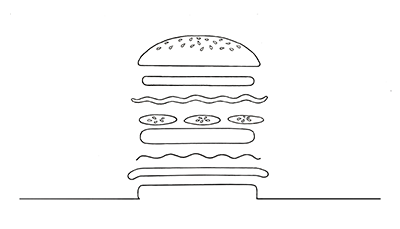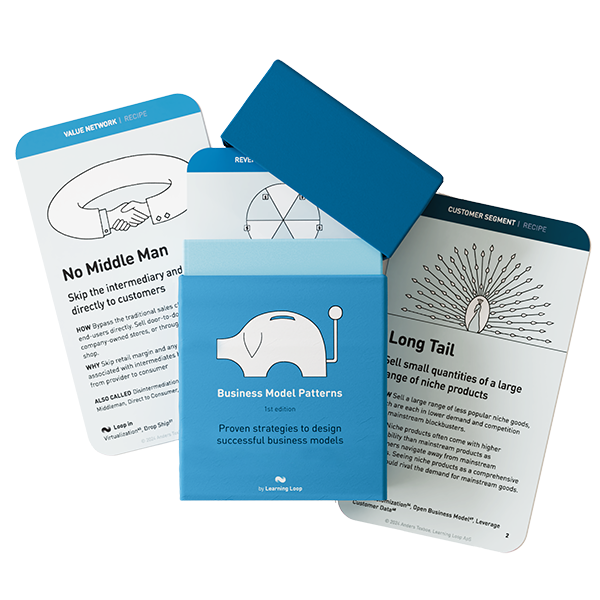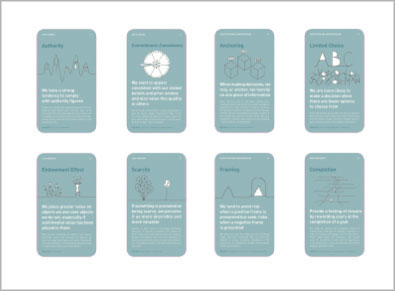
How: Advertise an attractive base price, betting on the fact that most buyers will end up spending more.
Why: A low base cost will attract new customers, while pricier add-ons will boost the total spend to more than the customer initially invested or intended. Customers benefit from a variable offer, adaptable to their specific needs.
In the Add-on business model, companies offer a core product at a competitive price, while providing numerous additional options that can drive up the final price. This is exemplified by the airline industry, where customers can purchase a basic ticket at a low price, but may choose to pay extra for added features such as credit card fees, food, and baggage charges.
A sophisticated pricing strategy is necessary to effectively implement the Add-on pattern. The core product must be advertised well and often offered at low rates in order to encourage customers to consider additional options. Online platforms that allow customers to compare prices, such as FareCompare.com and Skyscanner.net, can support this type of pricing by promoting a winner-takes-it-all philosophy through hard price competition.
Customers may choose to pay a premium for extra features, which can include additional attributes, accompanying services, product extensions, or even customization of the product. However, they may also decide to stick with the initial, basic value proposition and forego superfluous extras. As a result, they may end up paying more for the final product than they would have for similar, competing products that offer a greater range of optional features.
When creating a value proposition, businesses must consider which product features will offer the highest marginal utility to the greatest number of customers. Customers can then select their preferred add-ons to derive optimal utility from the product.
The Add-on business model is particularly well-suited for markets that are difficult to segment, where customer preferences may vary significantly. In these cases, simply dividing products into different levels or versions may not be sufficient, and it may be necessary to offer optional features and extras at a premium in addition to versioning the basic product. This is a common practice in the car industry.
Benefits of the Add-on business model
Two key challenges for any business are customer acquisition and retention. A sustainable business needs to be successful at both. The Add-on business model is particularly well-suited for addressing these challenges.
One of the strengths of the Add-on model is that it allows customers to start with a free or low-cost core product and then add on options as needed. This low barrier to entry means that there is little risk for the customer and provides an easy way to introduce them to your products.
The Add-on model also promotes customer retention by encouraging users to integrate themselves into your ecosystem and culture with each new installation, purchase, and add-on. This familiarity and trust can make it difficult for them to switch to a competitor.
Another benefit of the Add-on model is that it allows for the growth potential of a business to be unlimited. Each new customer for current add-ons is also a potential lead for future add-ons, and the customer feedback gained from the current add-ons can inform the development of new ones. This means that you can continue to offer new products to your existing customer base without the need to find and attract new customers.
Where did the Add-On business model pattern originate from?
The precise origins of the Add-on business model are difficult to pinpoint. Offering additional products or services, or modular products, has been a longstanding practice. It is logical for companies to offer special services or additional features to capitalize on customers’ willingness to pay more, particularly in the case of services. Industrialization also facilitated the creation of modular products, which allowed companies to offer additional features and extras.
One well-known example of the Add-on model can be found in the hospitality industry. Hotels often charge a premium for added services, such as snacks and beverages from the minibar. The tourism industry has adopted a similar approach, with tour operators offering basic transportation and accommodation at a low price, while charging extra for additional features such as staterooms with balconies, shore excursions, and beverages.
Applying the Add-On business model
The Add-on business model can be effective when customers are able to choose a basic product, such as a flight or a car, and then add options that they are less price sensitive towards. Consumer behavior research suggests that this is often the case for consumer products, as customers may initially base their decision on rational criteria like price, but eventually shift towards emotionally driven purchasing patterns.
The Add-on model can also be successful in a B2B context when multiple decision makers are involved. For example, investors may try to minimize their upfront investment by choosing the cheapest options for air conditioning, elevators, and security systems, while leaving the facility management to deal with the costs of service down the line.
Real life Add-on examples
Ryanair
Standard airfares are offered at very low rates, but complemented with additional services at significant extra charges.
Amazon Web Services
AWS provides free usage credits to new customers. When used up, additional capacity can be bought as needed.
Bosch
The German manufacturing and automotive supplier company, needed to create a new business model for its engine production unit due to difficulties in serving the market comprehensively. Bosch founded a separate entity, called Bosch Engineering GmbH (BEG), in 1999, utilizing standard hardware and offers custom software as a separate service, allowing for cost-effective customization for specific customer needs.
Source: Businenss Model NavigatorBMW & Mercedes
These luxury car brands offer individually tailored products and realize larger margins. Customers can choose from a range of optional features and upgrades when purchasing a luxury car, allowing the car manufacturer to position itself as a premium brand.
Source: Businenss Model NavigatorTrigger Questions
- How can you separate your offering into several components priced individually?
- What parts of your offering are customers particularly price sensitive to, which you can price competitively?
- Can you create a lock-in effect so that customers will buy additional add-ons later?
Proven business models that have driven success for global leaders across industries. Rethink how your business can create, deliver, and capture value.
Get your deck!
